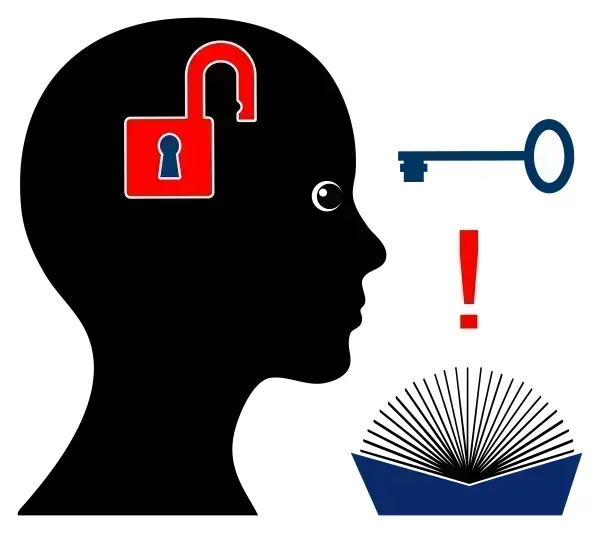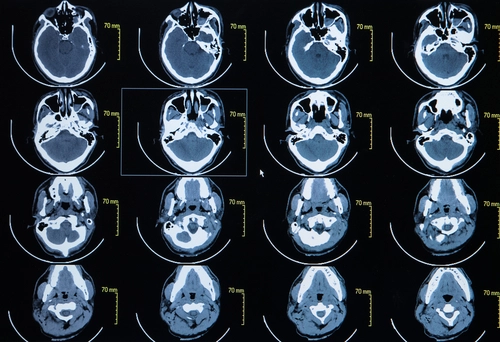Radiology Coding Alert
ICD-10-CM Coding:
Ace 2 Problematic Dx Coding Scenarios With These Tips
Published on Mon Feb 24, 2020

You’ve reached your limit of free articles. Already a subscriber? Log in.
Not a subscriber? Subscribe today to continue reading this article. Plus, you’ll get:
- Simple explanations of current healthcare regulations and payer programs
- Real-world reporting scenarios solved by our expert coders
- Industry news, such as MAC and RAC activities, the OIG Work Plan, and CERT reports
- Instant access to every article ever published in Revenue Cycle Insider
- 6 annual AAPC-approved CEUs
- The latest updates for CPT®, ICD-10-CM, HCPCS Level II, NCCI edits, modifiers, compliance, technology, practice management, and more
Related Articles
Other Articles in this issue of
Radiology Coding Alert
- Compliance:
Bank on These Crucial PAMA FAQs for 2020 and Beyond AUC Consultation
Stay ahead of the curve and ensure no payments get left behind. You might have [...] - ICD-10-CM Coding:
Ace 2 Problematic Dx Coding Scenarios With These Tips
Don’t steer far from the alphabetic index for a more specific code. Being a well-rounded [...] - Final Rule:
Stay on Top of the Most Important 2020 E/M Final Rule Changes
Get the scoop on what’s different from the 2019 Final Rule to the 2020 Final [...] - You Be the Coder:
Consider Both Bilateral Surgery Indicator and MUEs in This Scenario
Question: Should I report one unit or two units for an Onyx® embolization of bilateral [...] - Reader Question:
Follow Dictation Report Lead for Bilateral Orbital FB X-rays
Question: How should I code an orbital foreign body (FB) X-ray that involves one PA [...] - Reader Question:
Consider Context, Site Before Reporting 77077
Question: I’m working on a report for a bilateral two-view X-ray of the hands and [...]
View All




